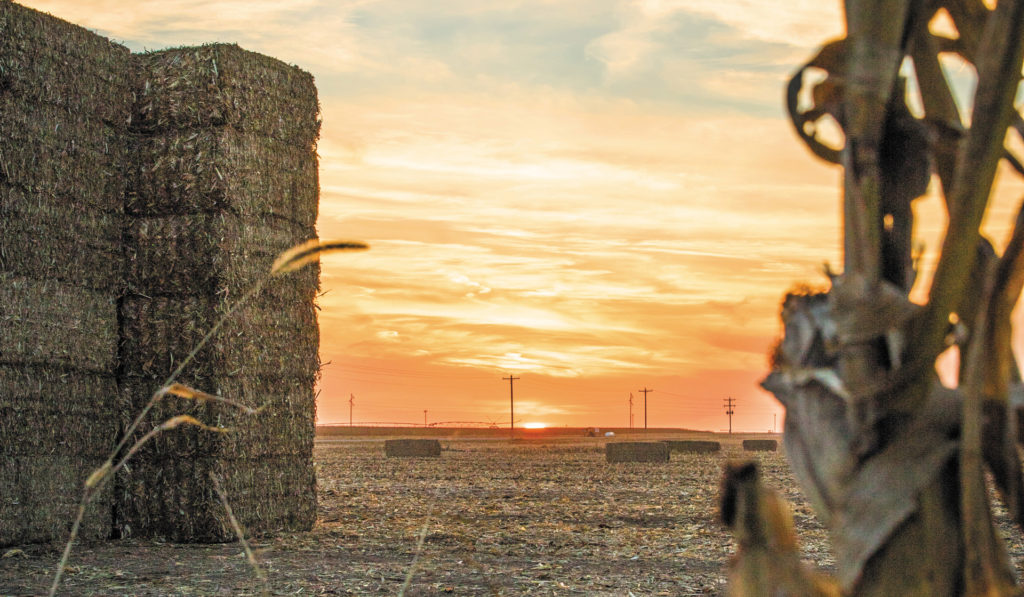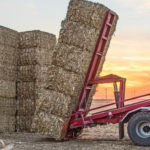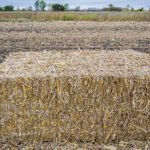How Much Crop Residue Should You Remove This Season?
Removing the right amount of residue can add income to your bottom line and make your soil even healthier.

How Much Crop Residue Should You Remove This Season?
Removing the right amount of residue can add income to your bottom line and make your soil even healthier.Even as buyers for crop residue become more plentiful, many producers continue to grapple with how much stover they can harvest without removing too much nutrient matter or ground cover. Of course, there is no one-size-fits-all solution, since the answer depends on several factors. Yet, as we discuss below, careful management practices can provide a balance between healthy soil, increased yield and additional revenue.
“In a general sense,” says John Pieper, corn stover supply chain development lead for the DuPont® Cellulosic Ethanol Facility in Nevada, Iowa, “we go by the USDA recommendation, which states that 2.3 tons of residue per acre need to be left to restore soil organic matter typically oxidized under conventional tillage. So, we look at what we leave rather than what we can take.”
To begin with, notes Pieper, the DuPont facility prefers to contract acres yielding 180 bushels or greater per acre and/or with slopes of 4% or less. For those fields then contracted, the company uses such metrics as soil type, topography and yield data to determine a safe starting point for how much can be removed.
Pieper adds that producers also need to leave an amount of material on the field to prevent erosion, balancing the amount of soil disturbance done by tillage. In other words, the more tillage, the greater the need for cover residue.
After a relationship with a given farm is established, adjustments can be made by determining how much residue was taken off in previous years and comparing that with subsequent yields, taking into account climate and other factors. Overall, says Pieper, “In some areas of the field, that translates into taking less than a ton; other spots justify 2 tons or slightly more.”
David Muth, cofounder of AgSolver, an ag technology company based in Ames, Iowa, agrees that variability of such factors as climate, soil and tillage practices must be taken into account. Muth has been studying residue management for several years and has worked with the U.S. Department of Energy on the development of sustainable levels of stover removal.
“In real commercial farm situations, management strategies such as crop rotation, cover cropping and additions of organic amendments can help improve soil health, making stover use as feedstock … a more viable and sustainable option,” Muth says. “Also, partial stover removal, rather than complete harvest, may adequately address soil health and erosion concerns, while providing valuable additional income.”
According to Glenn Farris, director of AGCO Strategic Segment Solutions, which supports the harvest operation for DuPont’s Nevada plant and a similar program for Pellet Technology USA (PTUSA) in Nebraska, there are additional tangible benefits to removing a portion of the crop residue, including faster warming of the soil and reduced exposure to plant disease. “There’s always been a consistent ratio between grain yield and the amount of stover that remains,” Farris says. “As corn yields move ever closer to that 300-bushel-per-acre threshold, we’re seeing that there is just too much residue left over. Whether for feed pellets, energy production or alternatives to materials made with petrochemicals, the good news is we’re just scratching the surface for how we can use residue.”
Read more, including a Nebraska grower’s stover-removal experiences, at “How much crop residue should you remove this season?” online.
Written by: Tharran Gaines



